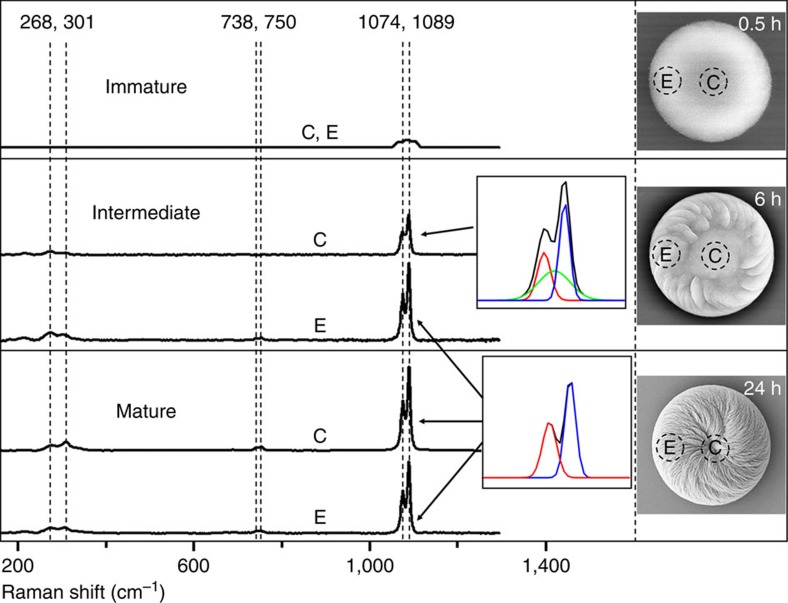Figure 6. Mineral-phase evolution of chiral toroids grown in L-Asp.
Micro-Raman spectroscopy of early-stage calcium carbonate discs show only a single broad peak at ∼1,085 cm−1 (indicative of amorphous calcium carbonate) for both core (C) and edge (E) regions of a single immature initial disc without platelets, as observed by SEM. At the intermediate stage, where platelets are clearly present at the edge of the toroids as observed by SEM, the calcium carbonate ν1 peak of the spectra from the core region of an intermediate single toroid could be deconvoluted into one amorphous broad peak at ∼1,085 cm−1 (green peak) and two sharp vaterite peaks at 1,074 cm−1 (red peak) and 1,089 cm−1 (blue peak); these data indicate a phase transformation from the amorphous state to vaterite. This vaterite contribution in the core region is not high, since the ν4 peaks at 738 and 750 cm−1 are not present. Micro-Raman analysis from the edge region of the intermediate toroids, where platelets are abundant, show a calcium carbonate ν1 peak composed only of the two sharp vaterite peaks at 1,074 and 1,089 cm−1 without the amorphous broad peak; in addition, other vaterite ν4 peaks appear at 738 and 750 cm−1, and lattice mode peaks at 268 and 301 cm−1. These data indicate that the vaterite platelets form directly without a precursor amorphous phase. At the mature stage, here shown for L-Asp, where platelets are present at the entire surface of the toroid, all calcium carbonate peaks of the micro-Raman spectra—from both core and edge regions of a single mature toroid—can be assigned exclusively to vaterite, with no amorphous broad peaks being present.

